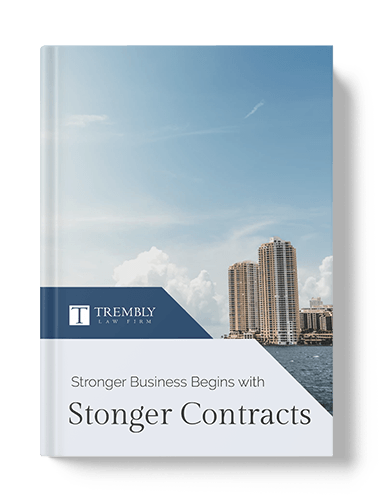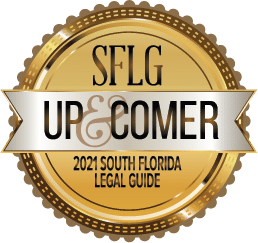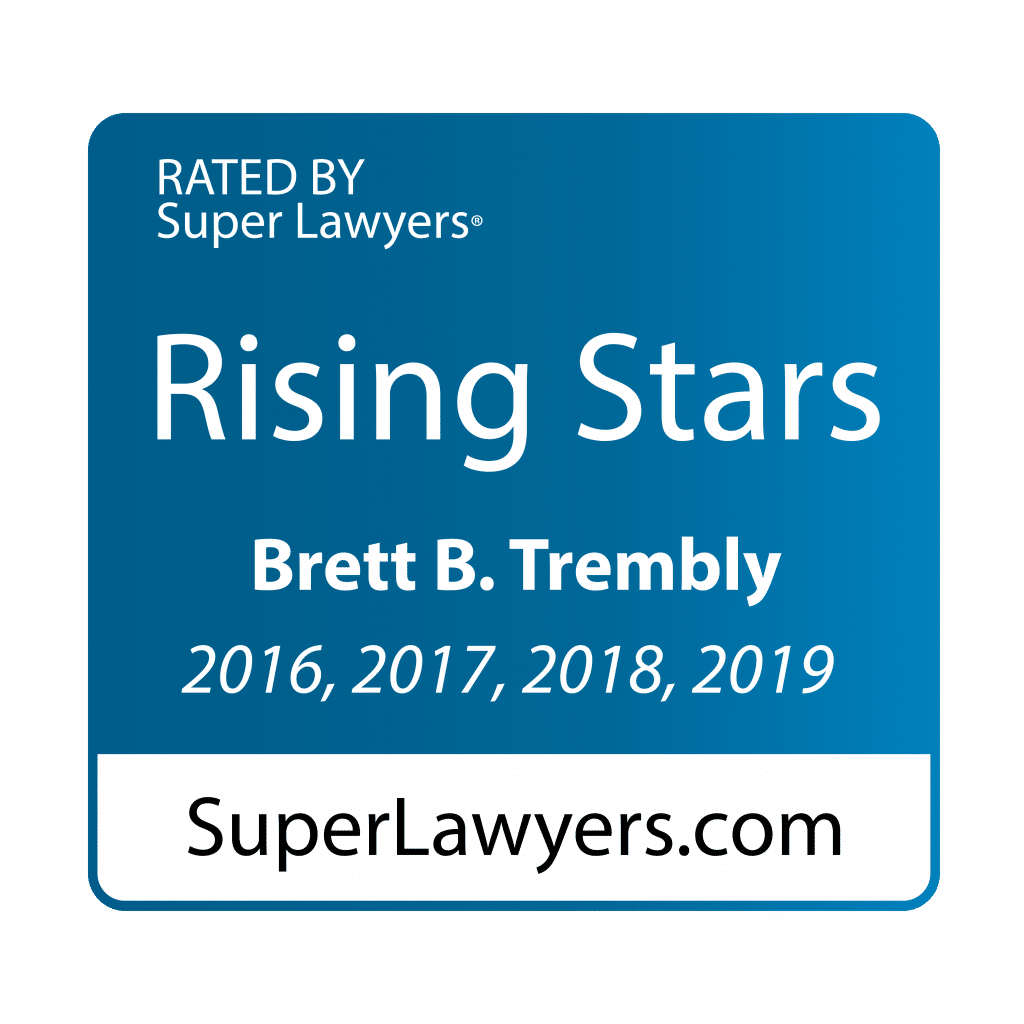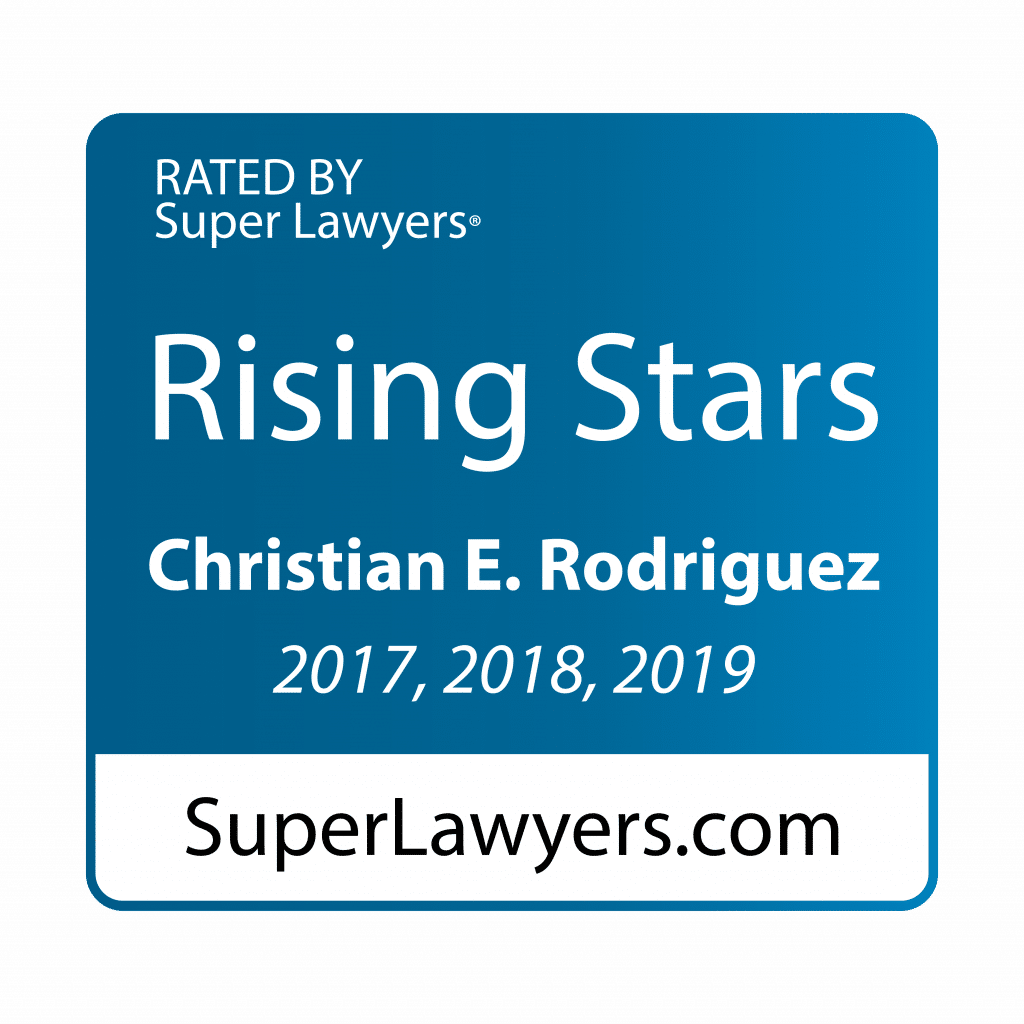
We have received numerous questions from employers (from small to larger companies) about The Families First Coronavirus Response Act (“Families First Act”) a.k.a. H.R. 6210. In an effort to educate business owners on the significant requirements set forth in this Act, we have compiled answers to some of the frequently asked questions we are receiving.
1. What is the Families First Act?
It is an act that was signed into law on March 18, 2020, which was passed in response to the growing economic crises caused by the COVID-19 pandemic with provisions for paid sick leave, emergency leave under the Family Medical Leave Act (FMLA), free testing and expanded unemployment benefits. The intent of the law is to protect employees of business with less than 500 employees. To achieve this end, the Act imposes significant obligations on employers.
2. When is the Families First Act effective and what is its duration?
The provisions of this Act are effective on April 2, 2020 and will sunset (or expire) on December 31, 2020.
3. Which companies are covered by the Families First Act?
Any company or employee working for an employer with less than 500 employees plus all employees working for a public agency.
Businesses with less than 25 employees:
- Don’t need to provide job protection under the Emergency FMLA provisions of the act;
- Don’t have to restore the employee to the former position if the employee’s position no longer exists due to economic conditions or other changes in the employer’s operations that affect employment and are caused by the public health crisis during the period of leave; and
- May request exemption from the Department of Labor (DOL) for both the emergency FMLA and Paid Sick Leave programs.
Businesses with less than 50 employees:
- May request exemption from DOL for both leave programs; and
- May have immunity from civil liability for emergency FMLA program if have less than 50 employees within a 75-mile radius (does not prevent a suit from being filed, simply provides a potential basis to dismiss any future claim).
Other exemptions:
- Employees who are health care providers or emergency responders may be excluded.
- The Secretary of Labor must also ensure consistency between the paid family and paid sick standards and tax credits.
4. Can I put my employees on furlough, reduce their hours or lay them off now that the Families First Act has been enacted?
Effective April 2, 2020, employers need to comply with the Families First Act, which may prevent employers’ ability to put employees on furlough, reduce their hours or lay them off in many circumstances for any employees that are entitled to leave under the Families First Act.
Even if an employee is not entitled to any benefits under the with the Families First Act, there are various implications and consequences that need to be considered and will likely result in litigation later on. Therefore, before taking any actions, we are listing some important guidelines and considerations (not exhaustive of all the potential issues that need to be considered).
What guidelines and considerations are you referring to?
Employers still need to comply with all existing employment laws, as applicable to them. We can help employers navigate this, and some examples include:
- Fair Labor Standards Act (FLSA)
- Title VII of the Civil Rights Act and Florida Civil Rights Act (FCRA)
- Age Discrimination in Employment Act (ADEA)
- Pregnancy Discrimination act (PDA)
- ADA accommodations requests
- Local wage theft ordinances
- The Family and Medical Leave Act (FMLA)
- As applicable, WARN Act
Employment decisions cannot be made on a discriminatory basis, and employers need to be careful if requests for accommodations are being made prior to a furlough or layoff because it may be deemed retaliations in violation of the Families First Act.[2]
Furthermore, depending on the size of the business, employers may have additional administrative requirements with the EEOC or DOL that need to be considered.
If a business has more than 100 employees and intends to conduct a layoff, the business needs to comply with the WARN Act and give at least 60 days’ notice of a layoff to all employees.
Employers will need to check with their benefit plan administrators and/or carriers. Most benefits have a payroll contribution and minimum hour requirement, and it may raise ERISA issues if employers are not careful. Employers will need to speak to an ERISA attorney or their plan administrators, but some issues that need to be considered include:
- Employers can’t assume benefits coverage continue during leaves or furloughs or that coverage automatically ends immediately upon termination of employment—failure to comply with the plan’s requirements may have costly implications.
- COBRA continuation coverage (or state continuation coverage, if applicable) generally must be offered for all group health plans.
- There may be an employer penalty under the Affordable Care Act.
- Employers need to have a plan for how employees will keep paying monthly premiums/contributions to maintain coverage during any leave period.
- Employers need to determine whether they maintain or previously maintained any severance plan or policy (formal or informal).
- A layoff or furlough could cause a “partial termination” under a 401(k) or other retirement plan rules, which triggers 100% vesting for affected participants.
- Deferred compensation agreements and other employment agreements may include provisions about leave or termination impact, which could have implications under Section 409A of the tax code.
5. Can I furlough, reduce hours or lay employees off prior to the April 2, 2020, effective date of the Families First Act?
Now that the Act has been passed, it is not clear whether employers may preemptively institute reductions in force or temporary furloughs/layoffs prior to the new laws’ April 2, 2020, effective date. Given the dynamic situation the best practice appears to be working with a combination of advisors (legal, benefits, and financial) to address the circumstances as they develop and refrain from taking any action which would be deemed to discriminate or retaliate against someone because they have the virus, are unable to work because they have to care for someone with the virus or minor children who are out of school, or are otherwise entitled to leave under the Act.
In any case, employers that furloughed, reduced hours or laid off employees prior to the enactment of the Families First Act, likely need not be concerned about enforcement actions under the Act, but still need to have complied with the other employment laws, including those referenced above.
6. Do I now have to provide leave to my employees and hold their job under the new FMLA provisions of the Families First Act?
When can an employee take emergency coronavirus FMLA leave?
When they are unable to work or telework to care for minor child if the school or childcare has been rendered unavailable because of public health emergency, or is unavailable due to a public health emergency.
What benefits are employees entitled to under emergency coronavirus FMLA leave?
- 12 weeks of FMLA emergency leave
- First 10 days are unpaid leave, but an employee can still use PTO for the first 10 days to get payments.
- Note that if the employee meets the requirements for emergency paid sick leave under the Families First Act, they cannot be forced to use PTO first.
- After the first 10 days, employees are entitled to paid leave of 2/3 the regular pay rate but the benefit is capped up to $200 per day.
- Note that if the employee meets the requirements for emergency paid sick leave under the Families First Act, they cannot be forced to use PTO first.
- These benefits will continue for the remainder of the FMLA leave period, and are capped at $10,000.00 in the aggregate.
- Requires restoration of same or equivalent position
- Exception: if the employer has less than 25 employees and if the position does not exist when the employee returns to work, there would be no need to restore the position.
Which employees are eligible for emergency coronavirus FMLA leave?
- Part-Time or Full-Time employees that have worked for at least 30 calendar days with the company.
- The usual FMLA requirements that the employee has been employed for a year, worked for at least 1,250 hours, and works in a location where there are 50 employees within a 75-mile radius would not apply.
What do I have to do once the FMLA leave is over for an employee?
The FMLA’s requirement for “job protection” means that an employee must be restored to the same or equivalent position after leave.
The employer must make reasonable efforts to restore the employee to the same or an equivalent position, and if the reasonable efforts fail, the employer must make efforts to contact the employee and reinstate the employee if an equivalent position becomes available within a one-year period beginning on the earlier of (a) the date on which the qualifying need related to a public health emergency concludes, or (b) the date that is 12 weeks after the date the employee’s leave started. Note that there is an exemption for employers with less than 25 employees as explained in response to question #2.
Are there any exemptions for small businesses?
- In addition to the exemptions explained in response to question #2, if the employer has less than 50 employees, the company can file for an exemption from the requirements to provide leave to care for a child whose school is closed, or child care is unavailable in cases where the viability of the business is threatened.
- The Department of Labor says it will release “simple and clear” criteria for businesses with fewer than 50 employees to apply for exemptions from the leave provisions related to school and childcare closures
7. What do I have to do under the Emergency Paid Sick Leave requirements?
When do I have to start providing emergency paid sick leave?
- Immediately on the effective date.
Which employees are eligible?
- Employees are immediately covered regardless of length of employment and whom can’t work at their office nor telework due to:
-
- Being subject to quarantine or isolation order; [3]
- Being advised by health care provider to self-quarantine;
- Experiencing symptoms of coronavirus and seeking medical diagnosis;
- Caring for individual that is subject to quarantine or isolation order or has been advised by health care provider to self-quarantine;
- Caring for a child whose school or place of care is closed or no longer available due to coronavirus;
- Suffering any other substantially similar conditions specified by health and human services, in consultation with the Secretaries of Labor and Treasury.
- An employer may not require an employee to find a replacement worker when the employee takes such leave.
What benefits do I have to pay for emergency paid sick leave?
- For full-time employees:
- Up to 80 hours at regular rate of pay if employee is qualified due to reason A, B, or C listed above.
- Paid at 2/3 regular rate if employee is qualified due to reason D, E, or F listed above.
- For part-time employees:
- Rate of pay is based on the average of a 2-week period.
- Regular wages but capped at $511 per day or $5,110 in total if employee is qualified due to reason A, B, or C listed above.
- Regular wages but capped at $200 per day or $2,000 in total if employee is qualified due to reason D, E, or F listed above.
For how long do I have to pay emergency paid sick leave?
- It is limited to $511 per day for up to 10 days (up to $5,110 in total) for an eligible employee in coronavirus quarantine or seeking a coronavirus diagnosis.
- An employee can also receive emergency paid sick leave of up to $200 per day for up to 10 days (up to $2,000 in total) to care for a quarantined family member or a child whose school or child-care location has been closed due to the pandemic.
- It is unclear whether certain employees will be entitled to the aggregate sum of $711 per day for up to 10 days (up to $7,110 in total), although it does not appear that this is the intent of the law.
- Under either scenario, it appears that the emergency paid sick leave only has to be paid for 10 days, and thereafter, the employee can utilize PTO or may have taken leave under the emergency FMLA provision, if the employee is eligible.
What if I offer other paid leave benefits like PTO?
- Employers must allow employees to first use the emergency paid sick leave and afterwards, the employee can use any other paid leave benefits the company already offers.
- Emergency paid sick leave does not replace PTO.
- Employers arguably cannot force employees to use PTO first.
Is there any carryover of unused emergency paid sick leave to the next year?
- No, unused paid sick leave does not carry over from one year to the next.
Do I have to payout unused emergency paid sick leave if there’s a separation of employment with the employee.
- No.
What can a small business do if they can’t afford this?
- There are no carve outs or exemptions, but businesses with less than 50 employees may request an exemption from the Department of Labor (DOL).
- Take advantage of the tax credits and potential funds the business may have access to (see response to question #9).
- Small business employers subject to this Act need to consider obtaining funding by applying for:
- Traditional lines of credit,
- Traditional small business administration (SBA) loans,
- SBA disaster relief loan,
- Florida Emergency Bridge loan, or
- Other private funding.
Is there a non-retaliation provision?
- Yes, employers are not allowed to retaliate against employees for requesting emergency paid sick leave under the Families First Act.
8. If a business is deemed “non-essential” and is closed under a local order, does the business have to keep paying it employees the benefits required by the Families First Act?
As mentioned above, the emergency paid sick leave portion of the Families First Act is not clear on this. While it entitles employees to emergency paid sick leave for “being subject to quarantine or isolation order”, this is not clearly defined in the Families First Act.
Furthermore, the law is silent on whether compliance is required by businesses that have been ordered closed by government order. Instead, the law only sets out specific circumstances under which paid leave must be provided. Therefore, one can take the position that closure of a business is not such a circumstance and paid leave is not required.
We caution, however, that this position will be heavily litigated and may result in unwanted attention or press at this time. Therefore, we encourage all businesses to confer with counsel and their accountants to develop a plan and strategy for these new and challenging times.
The Act does state that employers with 50 or fewer employees may be exempt from the law by the Secretary of the Department of Labor if the new leave laws “jeopardize the viability of the business.” How this process will work in actual practice, is unclear; the Department of Labor is supposed to be issuing guidance on this, but we have not been provided with a date yet.
9. If a business is deemed “non-essential” and are closed under a local order, can I keep operating?
No. This not only may open employers up to fines, penalties, losses of licenses and potential enforcement actions, but it may also open employers up to liability under the Families First Act and other employment laws. We recognize that this feels like a “damned if you do, damned if you don’t” scenario, but the point is that employers need to do their best to mitigate their damages as much as possible. Additionally, businesses may be subject to administrative action by state and local governments, which may implicate their ability to conduct business or result in action against their particular business license.
10. Is there any financial relief for employers?
The IRS has extended the deadline for individuals and most companies to file and pay taxes until July 15, 2020.
Additionally, there are various tax credits employers will be entitled to, including the ability retain and access funds that they would otherwise pay to the IRS in payroll taxes.
- If those amounts are not sufficient to cover the cost of paid leave, employers can seek an expedited advance from the IRS by submitting a streamlined claim form that is scheduled to be released the week of March 23rd.
- An accountant or CPA can help decipher exactly what credits and funds employers may be entitled to.
On March 20, 2020, the IRS published a description of the plan and credits on its website:
The IRS’s March 20th publication:
- promises additional guidance to be published by the IRS during the week of March 23, 2020; and
- indicates that DOL will be issuing a temporary non-enforcement policy that provides a 30-day period for employers to come into compliance, and that DOL will not bring an enforcement action against any employer during this period for violations of the Act so long as the employer has acted reasonably and in good faith to comply with the Act.
It is not clear when DOL will be providing this additional guidance, although we expect it should be around April 2nd.
Accordingly, it is important for employers to immediately retain counsel to help them undertake good faith efforts to come into compliance with the Families First Act starting April 2, 2020, and come into compliance with the Families First Act by May 2, 2020, to avoid enforcement actions by the Department of Labor.
11. This is overwhelming—what should I do?
First, employers need to remain calm and level-headed throughout this ordeal. It is easy to panic and stress in these challenging times, but Trembly Law Firm is here to help employers get through this.
Next, employers should call Trembly Law Firm to set up a consultation. We can help bring employers into compliance and guide employers in the next steps. We can help employers put together policies and procedures to deal with all of these changes and mitigate the risk of enforcement actions and lawsuits.[4] This will include making a determination of what employees may be entitled to emergency leave under either the FMLA or sick leave portions of the act, and helping employers develop a procedure for what to do whenever an employee requests leave under the Act.
We also recommend that employers speak with other professionals to address related issues, for example:
- Employers should also speak with their accountant to learn how employers can utilize the tax credits and benefits to pay for any required leave under the Act.
- Employers should speak with a trusted banker to see whether they qualify for a traditional line of credit or SBA loan to fund their expenses for at least 6 months (including any potential required leave payments), and if so, whether it is a better option than the disaster relief loans. If not, employers should consider applying for the SBA disaster relief loan or Florida emergency bridge loan. There are also potential other grants or aid packages which may be forthcoming.
- Employers should also speak with any benefits administrators or providers to determine the specific requirements of any benefits plans (duration, contributions, terminations, etc.).
We can work with these professionals as a team to help formulate the best plan of action for employers to mitigate as much risk as possible. These are unsettling times, and we want to help employers feel settled.
Our Analysis:
Given the emergency and rushed nature of the Families First Act, the Act lacks clarity and guidance in a lot of respects, and also fails to define numerous terms. There is also a great state of flux and constant change with regards to guidance on these provisions. We may need to update these responses periodically as we receive additional guidance on the enforcement and interpretation of the Families First Act, and the availability of additional aid to business owners.[5]
The next steps that employers take are critical, and employers need to be prepared for a likely wave of enforcement actions by the Department of Labor, discrimination claims, and lawsuits by employees and former employees. The best way for employers to protect themselves and mitigate any potential damages is to undertake good faith efforts to comply with the requirements of the Act and implement emergency policies and procedures consistent with this purpose.
Please call Trembly Law Firm today at (305) 431-5678, so that we can get started right away with helping you.
[1] Based upon information available through March 23, 2020;Warning: Every case is different and dependent on the circumstances. This information is solely educational and general in nature. Employers should speak to an employment lawyer to confirm that the information provided is applicable to the employer’s own situation. Furthermore, these laws are subject to change, expiration and/or continuation.
[2] Prior to the enactment of the Families First Act, furloughs and layoffs were available options, so long as employers complied with all other employment laws, including those referenced above.
[3] We anticipate this will be a point of contention and litigation later on as it is unclear whether a local order to close “nonessential businesses” is sufficient to provide coverage under this provision.
[4] In addition to employment issues, we can also help employers/business owners work through issues with commercial leases, insurance policies, contracts and other business matters.
[5] For example, as of March 23, 2020, it is being reported that Senator Rubio is spearheading an attempt to push a deal through the Senate to provide at least $350 billion to small businesses. While this bipartisan efforts appears to be close to a deal, the specific details of the plan have not been released. There is mention, however, of the plan providing SBA-backed loans from banks, which would essentially act as a free grant program if the small businesses used money to keep paying salaries and for rent or mortgage payment.

















